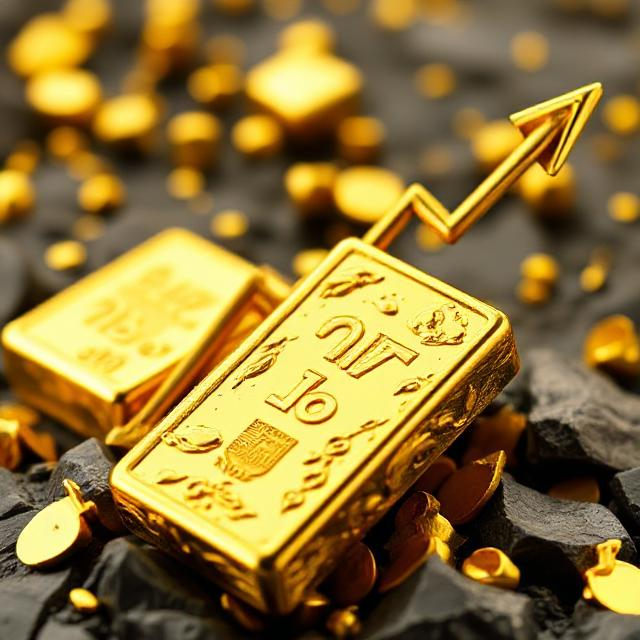Jewellers in Asia and the Middle East are worried about their displays losing their lustre as clients rush to cash in their old coins and jewellery as gold prices soar to repeated highs.
According to merchants and industry analysts, if the rush to sell persists, it may eventually result in less imports into important markets, which might slow the gold boom.
Driven by a potent mix of political and financial instability, spot gold initially surpassed $3,000 an ounce on March 14 and continued to rise last week, bringing year-to-date gains to over 15%.
Following an over 30% gain in 2024, the remarkable surge has boosted business for frequently disregarded scrap gold buyers in Zaveri Bazaar, India’s biggest bullion market.
Unmesh Patel, a textile merchant, said that when the Indian government reduced import taxes on the metal, he had generated a profit of nearly 25% on four 10-gram gold coins that he had purchased less than seven months prior.
“I just decided to sell instead of waiting for prices to go up even more,” he explained.
Since lowering import taxes in July, domestic gold prices in India have increased by over 32%, reaching a record high of 89,796 rupees per 10 grammes.
Prithviraj Kothari, head of the India Bullion and Jewellers Association (IBJA), stated that “India’s overall demand could drop by more than 30% in 2025 if prices stay this high all year.”
“Buyers are finding it hard to keep up with the price surge, and their budgets aren’t growing either,” he said.
Jewellers report fewer than half their usual client traffic, despite the fact that India’s wedding season is already underway.
In an effort to save expenses, even consumers who are making purchases—like soon-to-be bride Vaishnavi M.—are choosing to trade in their old jewellery for new.
According to Vaishnavi M. from the southern state of Kerala, “the rates are so high that it would completely mess with my wedding budget…the plan is to exchange some of my mother’s old jewellery.”
Last year, India sent 114.3 Tonnes of waste gold, a quantity that the World Gold Council predicts would rise in 2025.
China is the largest consumer of gold, yet it also imports two-thirds of its need, while India imports the majority of its gold needs.
A bullion trader headquartered in Dubai claims that the demand for jewellery is declining similarly across Middle Eastern jewellery centres.
“A lot of Indian tourists usually shop in Dubai to avoid import taxes, but even they’re holding back,” claimed the vendor.
According to Andrew Naylor, Head of Middle East and Public Policy at the World Gold Council, jewellery accounts for over 60% of the demand for gold in the United Arab Emirates, and when costs are high, buyers choose for lighter goods.
“However, our data shows that the value of jewellery bought last year increased, despite lower volumes,” he stated.
The drab retail purchases that were seen in 2024 are still occurring in China. According to Peter Fung, head of dealing at Wing Fung Precious Metals, those who just want to keep some real gold would purchase coins and bars because jewellers charge higher prices for workmanship.
With more suppliers than customers, the demand for gold jewellery has also declined in other significant Asian markets.
Instead of buying new gold, consumers are choosing to sell their old gold or use it as collateral for loans, or they are switching to less expensive jewellery.
Nearly five stores selling gold-plated silver have just opened in Chinatown, according to Brian Lan, managing director of GoldSilver Central, a Singaporean company.
“We have seen some clients who go home and look for jewellery that they don’t wear, or is broken, and bring it back to liquidate it,” Lan stated.
These patterns draw attention to the precarious equilibrium that exists between gold’s value as a financial asset and its function as a traditional cultural commodity. Analysts predict that while investment demand for bullion is expected to continue to be robust, the prognosis for jewellery demand is still bleak.








